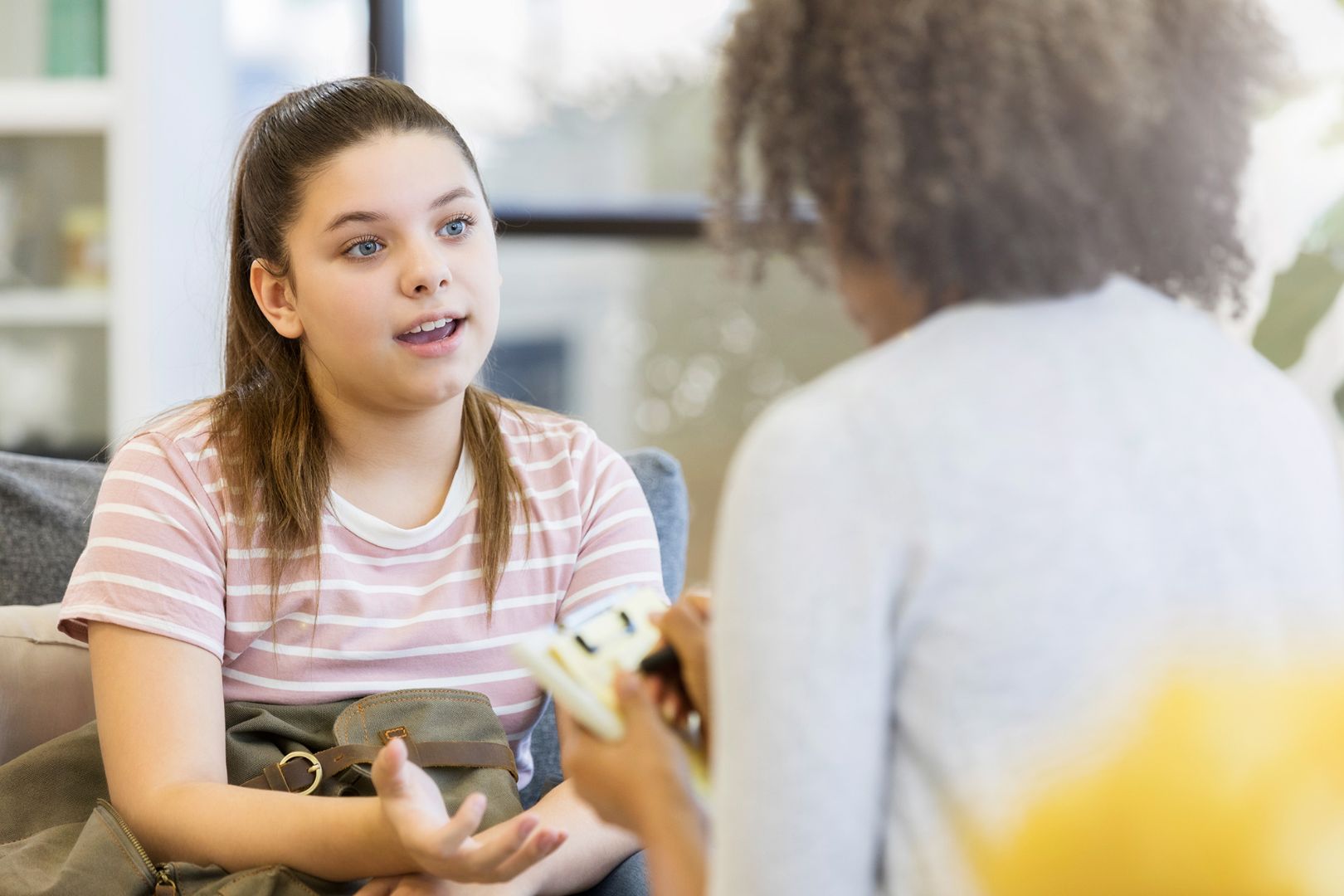As you get older your body will start to go through changes known as puberty.
Puberty usually occurs between the ages of 8 and 14 in girls and 9 and 14 in boys.
We understand that puberty can feel confusing, stressful, and sometimes just downright weird! Luckily, there are ideas and advice that can support you to tackle puberty, whether that's helping you manage emotions, get organised, or build new hygiene routines.
Puberty: A Boys Overview explains how a boy’s body changes during puberty.
The NHS resource, Puberty in boys with learning disabilities covers the different changes that boys go through during puberty in clear and easy to read language with some visuals.
Puberty: A Guide for Teenagers with an Autism Spectrum Disorder and their Parents was developed by La Trobe University and is designed to help parents, families, friends, and caregivers support teenagers with Autism in understanding and managing the emotional, physical, and social changes of puberty. Each section begins with guidance for caregivers on how to use and adapt the content to the individual needs of the teenager, followed by teen-focused information, including visual schedules and descriptive stories.
This editable Social Story about Public Touch and Private touch is used to explain what body parts are private and where it is appropriate to touch them.
Girls Business is an easy read resource about private parts and when and where it is appropriate to touch them.
Puberty: A Girl’s Overview covers what happens to a girl’s body during puberty and the changes that take place.
This NHS resource on Puberty and Autism in Girls provide simple and easy to read explanations of the changes girls go through during puberty with visuals.
Periods: What Happens and Why explains the changes that happen when a girl starts her period and the reasons for those changes. It also covers personal care during periods.
This video from Brook on Top Tips for Period Wellbeing shows a young person talking about what you might feel like on your period and what you can do to feel better. The Brook website also contains lots of other helpful resources on what a period feels like and different period products.
Bloom Wellbeing has published Getting My Period – a social story for girls in early puberty. This resource explains how bodies change over time, the differences between girls’ and boys’ bodies, and provides information about puberty, menstruation, the role of the uterus, and the use of sanitary products to manage menstrual bleeding.
Robyn Steward has produced this Autism Friendly Guide to Periods which includes step by step photos for using menstrual cups, period underwear and cloth pads.
Rotherham Integrated Care Partnership have published a guide to Periods and girls with autism spectrum disorder which includes ideas for a social story and visuals.
These visual tables on changing period underwear and changing a sanitary pad help explain the step by step process.
